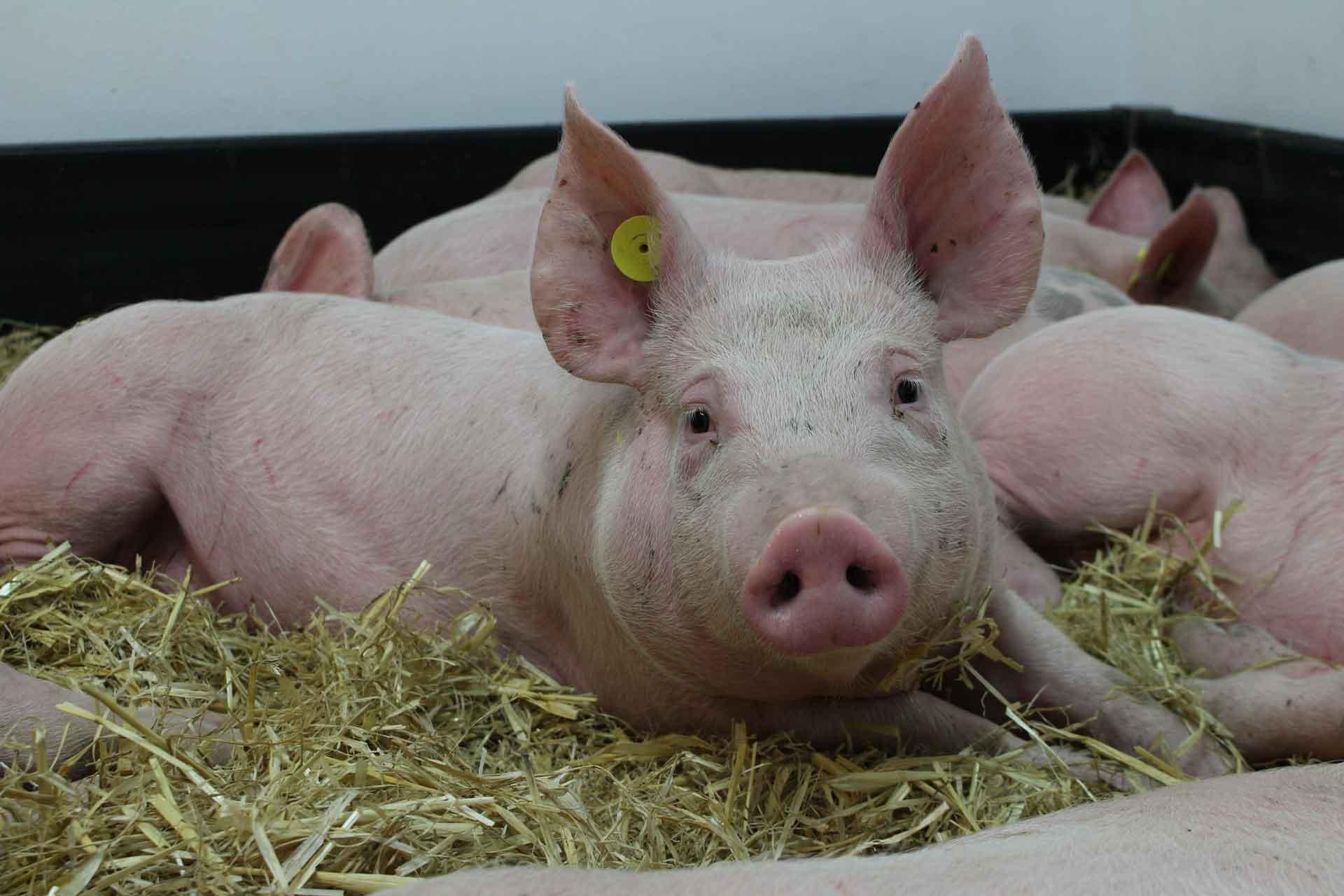A new study from researchers at The Pirbright Institute suggests that pigs may be a good model for evaluating the effectiveness of vaccines designed to protect against seasonal human flu.
In a paper published in the journal Frontiers in Immunology the study, led by Dr Elma Tchilian, Head of the Mucosal Immunology group, showed that pigs infected with the 2009 H1N1 swine flu pandemic virus produced lower levels of virus if they had been immunised with the same vaccine used during the 2017-18 human influenza season.
Flu vaccines are decided each year based on the previous year’s prevalent strains and are designed to protect against circulating influenza A virus and influenza B virus strains. The vaccine used in this study is made up of four elements, known as a quadrivalent vaccine: these are H1N1 and H3N2 influenza A vaccine subtypes as well as two influenza B virus strains.
Vaccine evaluation is important to ensure they provide the best protection possible against the seasonal burden of influenza, which causes 650,000 deaths per year worldwide (World Health Organization, WHO). However, the traditional vaccine received as an injection into the arm muscle is only 50-60% effective and a new one is required each year to ensure a best match to the circulating strains.
Weakened vaccines, known as live attenuated influenza vaccines, can be up to 75-80% effective when inoculated using a nasal spray in children, suggesting this type of vaccine may be a more potent alternative. The 2017-18 live attenuated vaccine in the study was administered by the same route in a single dose to the nose of the pigs.
Both pigs and humans can be infected with influenza A virus strains of similar subtypes. The pig respiratory system is comparable to humans, it has the same distribution of receptors that influenza A viruses use to infect humans. Pigs are also more physiologically and anatomically similar to humans than small mammals often used in studying influenza vaccines, such as the ferret and mouse.
The vaccine was shown to be protective against the H1N1 virus by the reduction of the amount of virus produced in vaccinated pigs compared to pigs where no vaccine had been administered prior to being infected. In doing the same experiments with an H3N2 virus the scientists were unable to determine the degree of protection provided by the vaccine because some pigs did not become infected at all. However, their study did show that the H3N2 vaccine component produced a stronger immune response than the H1N1 component. This is in line with human studies, providing further evidence that pigs may be useful for studying human influenza A virus infection.
“The fact that a single dose of a human vaccine induces detectable responses and a reduction in virus production when pigs were subsequently infected with a pandemic H1N1 subtype virus suggests that pigs may be a useful model for assessing seasonal vaccines against influenza A viruses and studying the mechanisms that lead to protection,” said Dr Elma Tchilian.
